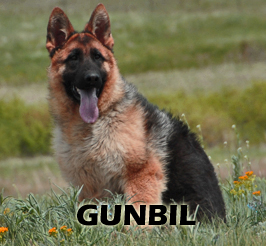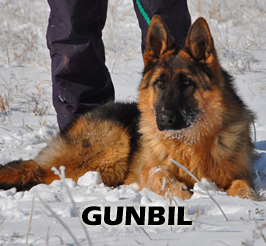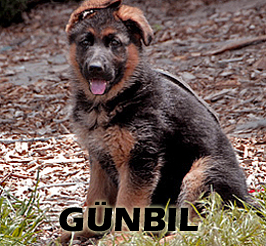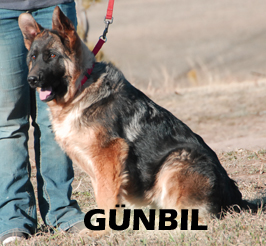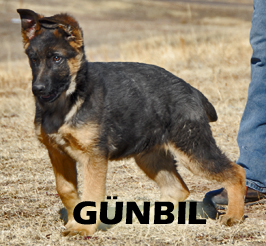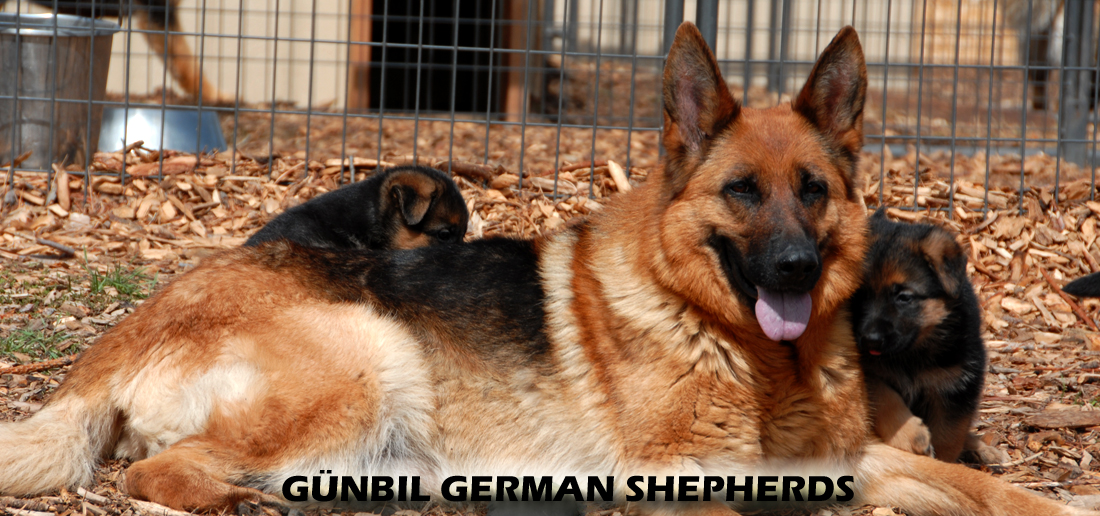
Rapid growth and bone and joint problems in the young GSD
Osteochondrosis and joint dysplasia have been studied in many species, in particular in pigs. Where the animals were selected for increasingly heavy end weight and rapidity of weight gain, the higher the incidence of symmetrical lesions in certain sites in joints and many growth plates. Experimentally in pigs, the incidence and severity of OCD was directly related to rapid growth ie. rate of weight gain.
When the diet was restricted and grown at a low growth rate, the incidence of OCD was dramatically reduced (almost to zero).
All dog studies in this area have shown to support the concept that the high caloric intake rather than the specific intake of protein, minerals or vitamins influences the frequency and severity of osteochondrosis and HD. The causes of ED while not as thoroughly studied, show similarities and probably similar outcomes.
The common conclusion from studies in dog is that excessive calcium, phosphorus and vitamin D along with a high energy diet and rapid weight gain causing rapid growth, are almost an ideal recipe for pushing the parameters for normal structural growth and joint soundness well beyond their normal limits, resulting in joint disorders. The higher incidence of osteochondrosis in males versus females is probably a direct reflection of this as males are often ¼ heavier than females at any one time, despite being born at a comparative weight.
Equally, this is not to say that genetics does not pay an important part in the body’s structural soundness, however excessive rates of weight gain and thus rapid growth result in pushing the body’s parameters beyond which they can cope, particularly if they were not the most structurally stable to start with. That is, excessive rate of growth and weight will not create severe HD or ED in itself; however, it can make an existing problem considerably worse.
- OCD – Osteochondritis Dissecans - genetic, nutritional and rapid growth factors.
- Osteochondritis (OC) = an error in conversion of cartilage to bone, resulting in thickened and/or necrotic cartilage within joints and growth plates.
- Osteochondritis Dissecans (OCD) = progression of OC to cracks, fissures within the cartilage, joint swelling and lameness.
- Osteoarthritis (OA) = develops over time if there are remnants of cartilage flaps retained within joints and incongruent joint surfaces developed subsequent to the OCD lesions.
Osteochondritis is a developmental bone disease characterized by defective cartilage in various to multiple joints. The main feature is a failure of the cartilage to properly convert to bone during the growth process. Due to rapid growth, the cartilage cells divide at a normal or increased rate, but the cells do not fully mature and this can result in thickening of the cartilage in various areas of the joint and a delay in bone formation underneath. As the cartilage continues to grow without being normally converted to bone, it looses part of its nutrition because of its increased thickness. Cartilage has no direct blood supply and relies on nutrition from the joint fluid and the underlying bone. The thicker cartilage results in loss of blood supply, in turn causing necrosis (death) of the lower layer of cartilage. Once this happens, the overlying cartilage can separate from the underlying bone (which can be as the result of trauma) causing “flaps” to lift. Such splits allow synovial (joint) fluid into direct contact with underlying bone, creating pain and inflammatory response. This in turn causes the joint capsule to react and become inflamed as well.
Cartilage flaps or loose sections that break away (joint mice) result in continuing pain, and inflammation. Small loose fragments can then attach to the joint capsule or migrate into a connecting tendon sheath causing chronic inflammation around the tendon sheath (more commonly seen in shoulder OCD).
Early lesions of OC can go three ways:
- Heal through rest and appropriate treatment such that there is restoration of the ossification process (ie. normal bone and cartilage development and maturation).
- Remain unchanged or
- Progress to OCD, development of arthritis and clinical lameness.
OCD can occur in many different joints, most commonly in the elbows, followed by shoulders, and less commonly in the hocks. The affected joints can be single or bilateral. Different breeds have higher incidences or predilections for various joints to be affected.
Radio graphically, cartilage is radiolucent so early changes to cartilage are not readily detectable until there is a delay in the bone formation underneath the cartilage defects, creating a “flattening affect or there are readily apparent defects in the cartilage. Osteoarthritis – develops further over time.
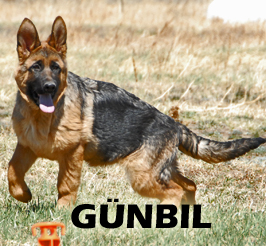
- All About German Shepherd Puppies
- Pet Disease and Allergies
- Hips and Elbows
- German Shepherd Dog Anatomy
- What is Schutzhund
- German Shepherd Behavior
- Quick Tips On German Shepherds
- Our Show Dogs
